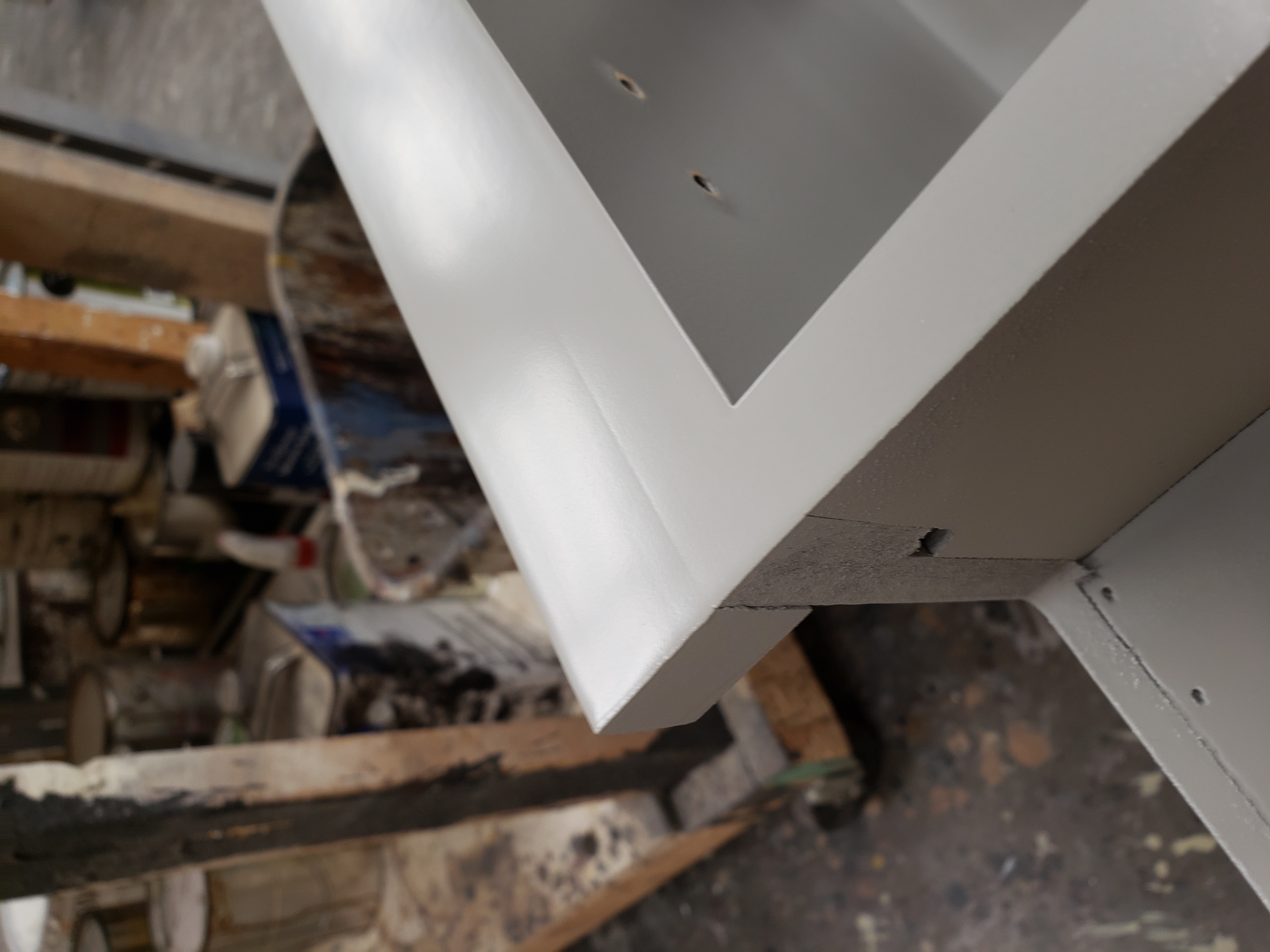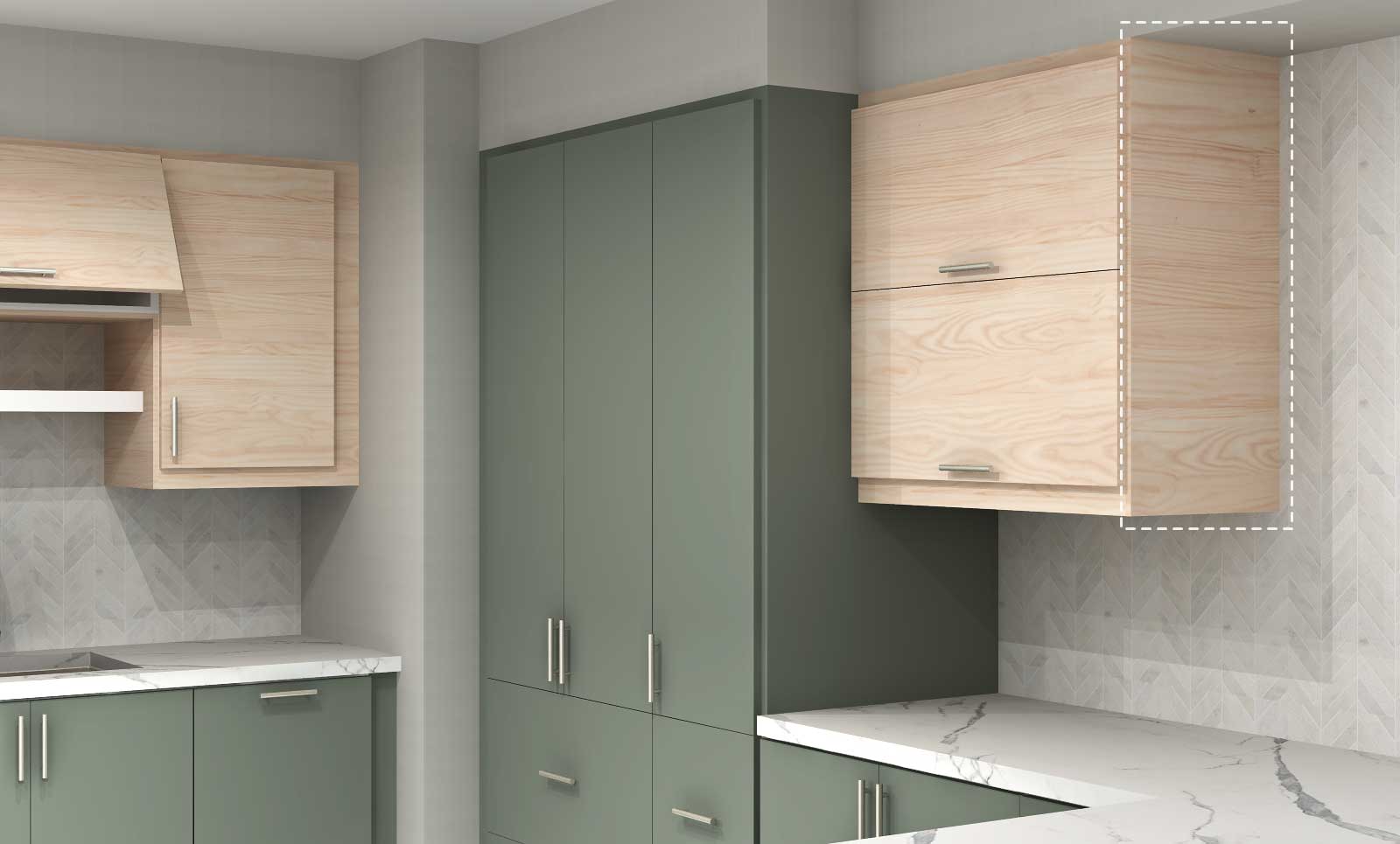Types of Wood Filler for Cabinets

Wood filler is an essential tool for cabinet repair and restoration. It helps to fill in gaps, cracks, and holes, creating a smooth and seamless surface. There are various types of wood filler available, each with its own advantages and disadvantages. Understanding these differences will help you choose the right filler for your specific project.
Wood Putty
Wood putty is a versatile and readily available option for filling small gaps and cracks. It is typically made from a mixture of wood dust, resin, and drying oil.
- Advantages: Wood putty is easy to apply and dries relatively quickly. It is also readily available at most hardware stores and comes in a variety of colors to match different wood types.
- Disadvantages: Wood putty is not as strong as other fillers and may shrink over time. It is also not suitable for filling large gaps or holes.
Wood putty is ideal for minor repairs and touch-ups, such as filling nail holes or small cracks in cabinet doors.
Epoxy Filler, Wood filler for cabinets
Epoxy filler is a two-part filler that is known for its strength and durability. It is a mixture of resin and hardener that creates a strong bond when mixed.
- Advantages: Epoxy filler is extremely strong and durable, making it ideal for filling large gaps and holes. It is also water-resistant and can be used in areas that are exposed to moisture.
- Disadvantages: Epoxy filler can be more difficult to apply than other fillers and has a longer drying time. It also requires careful mixing to ensure a proper cure.
Epoxy filler is an excellent choice for filling large gaps, repairing damaged corners, and filling holes in cabinet bases.
Paste Wood Filler
Paste wood filler is a thick, paste-like filler that is often used for filling larger gaps and holes. It is typically made from a mixture of wood dust, resin, and a binder.
- Advantages: Paste wood filler is easy to apply and dries quickly. It also provides a smooth and seamless finish that is ideal for sanding.
- Disadvantages: Paste wood filler is not as strong as epoxy filler and may shrink over time. It is also not suitable for filling very small gaps or cracks.
Paste wood filler is a good option for filling gaps and holes in cabinet doors and drawer fronts.
Preparing Cabinets for Wood Filler Application

Applying wood filler to cabinets is a crucial step in achieving a smooth and flawless finish. Before you start filling, it is essential to prepare the cabinet surfaces properly. This involves sanding, cleaning, and masking to ensure the filler adheres correctly and provides a seamless result.
Sanding Cabinets
Sanding is crucial for preparing cabinets for wood filler application. It creates a smooth surface that allows the filler to adhere properly, preventing uneven filling and ensuring a consistent finish.
The sanding process involves using various grits of sandpaper, each with a specific purpose.
- Coarse Grit Sandpaper (40-80 grit): Used for removing large imperfections, scratches, or old finishes. This grit helps to create a rough surface that allows the filler to adhere better.
- Medium Grit Sandpaper (100-120 grit): This grit smooths out the surface created by the coarse grit and removes any remaining imperfections.
- Fine Grit Sandpaper (150-220 grit): This grit is used to refine the surface, making it smooth and ready for the filler application.
- Extra Fine Grit Sandpaper (240-400 grit): Used for a final polish before applying the filler. This grit ensures a smooth and even surface, enhancing the overall finish.
It’s important to sand with the grain of the wood, which is the direction of the wood fibers. Sanding against the grain can create scratches that will be visible after the filler is applied.
Tip: Use a sanding block to ensure even pressure and prevent sanding marks.
Cleaning Cabinets
Cleaning cabinets before applying wood filler is essential to remove dust, debris, and any remaining sanding residue. These particles can interfere with the filler’s adhesion, leading to uneven filling and an uneven finish.
- Vacuum: Start by vacuuming the cabinets to remove any loose dust or debris.
- Tack Cloth: Use a tack cloth to pick up any remaining dust particles. Tack cloths are sticky cloths that are specifically designed to remove dust and debris from surfaces.
- Denatured Alcohol: If the cabinet surfaces are oily or greasy, use a clean cloth dampened with denatured alcohol to clean them. Denatured alcohol effectively removes grease and oil, leaving a clean surface for the filler.
Tip: Always wear a dust mask when sanding and cleaning cabinets to protect your lungs from dust particles.
